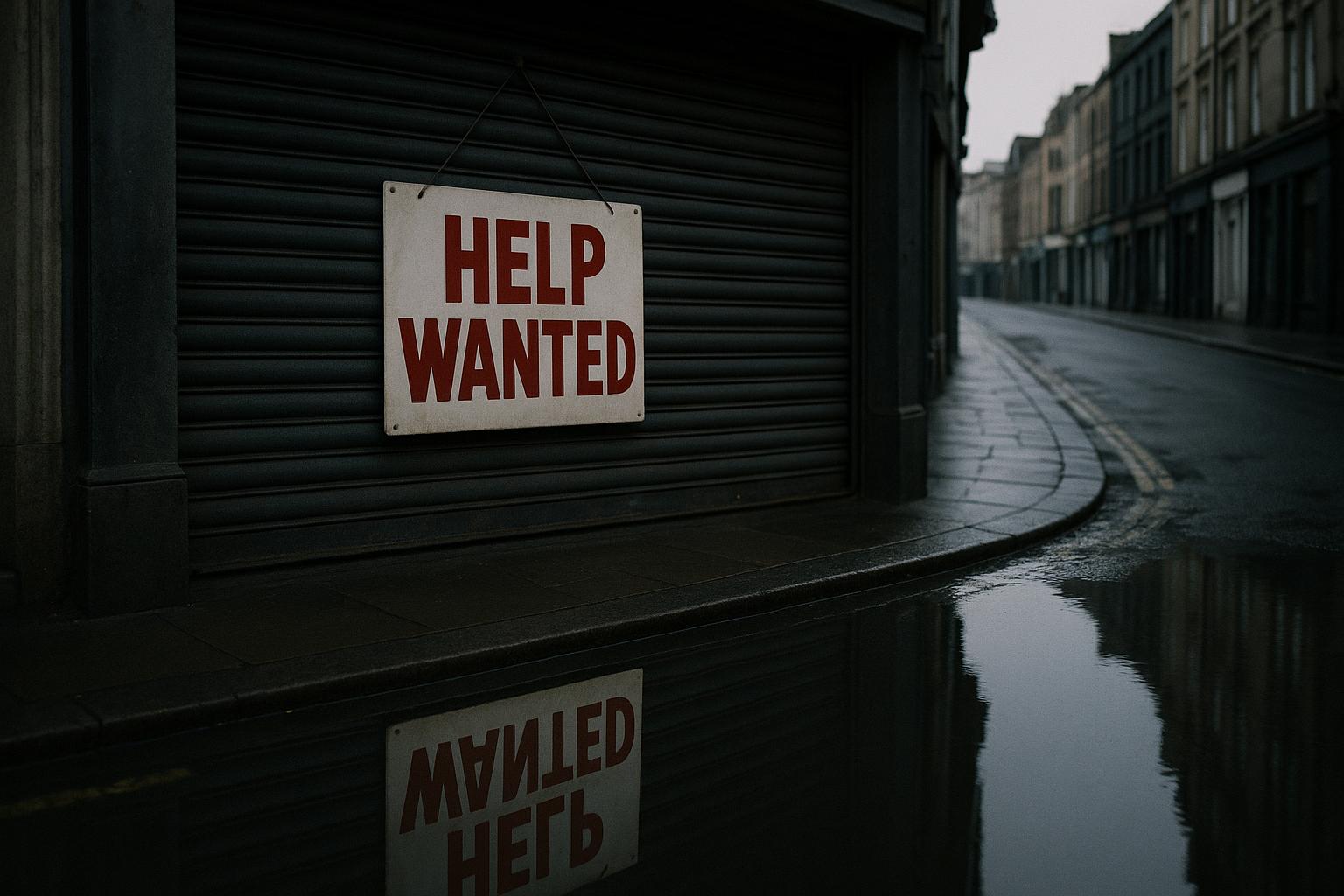Private sector job losses in the UK have persisted for 12 consecutive months, marking the longest sustained decline since the pandemic period. According to a monthly business survey conducted by S&P Global, around 50,000 private sector jobs were cut in the three months leading up to September. The purchasing managers’ index (PMI) data revealed a sharp slowdown in private sector activity, with growth dropping to its weakest in four months, signalling economic fragility. This sustained contraction in private employment contrasts sharply with the public sector, which has continued to expand, reaching its highest employment levels since 2011.
Financial and economic experts attribute much of the private sector’s difficulties to the Government’s recent tax policies, particularly the hike in employer national insurance introduced by Chancellor Rachel Reeves. The increased costs are reported to have strained businesses already grappling with inflation and other pressures, forcing many to reduce hiring or cut jobs. Tory business spokesman Andrew Griffith criticised the Government’s approach, pointing to the expanding public sector amid continuous private sector job cuts, suggesting an imbalance that could stifle broader economic growth.
Further analysis from S&P Global highlights worsening business confidence and a notable slump in overseas trade. The composite PMI for September stood at 51.0, down from 53.5 in August, reflecting slower growth in both the services and manufacturing sectors. The manufacturing PMI specifically fell to 46.2, its lowest level since April, partly impacted by operational disruptions such as a cyberattack at Jaguar Land Rover. Service sector growth also dipped to a two-month low. These factors combine to indicate an economy struggling to sustain momentum amidst uncertainty over future tax increases and ongoing inflation. This economic backdrop has complicated the Bank of England’s monetary policy decisions, with expectations now that interest rates may hold steady at least through the year-end.
The public sector, in contrast, has shown steady employment growth during this period. Office for National Statistics data reveals that public sector employment reached approximately 6.12 million in September 2024, up by 63,000 from the previous year. The increase is largely driven by central government roles, which hit a record high of around 3.97 million employees. Notably, the growth is concentrated in areas such as the NHS—now the largest public employer in the UK with just over two million staff members—alongside expansion in the Civil Service and schools transitioning to academy status. This expansion in public sector employment adds a notable counterpoint to the private sector’s ongoing contraction.
Business leaders have voiced concerns about the broader economic landscape. Simon Wolfson, CEO of Next, warned recently that job opportunities, especially for entry-level positions, are declining due to rising costs, regulatory burdens, and increasing automation through artificial intelligence. Wolfson criticised specific Labour government policies such as the Employment Rights Bill and the Renters' Rights Bill, suggesting they may further inhibit recruitment and flexibility in the labour market. His company has seen a 35% drop in vacancies but a 75% rise in job applications over the past two years, underlining the heightened competition for fewer opportunities. These observations align with official statistics showing a downward trend in payroll employment for seven months running, alongside slowing wage growth.
The UK economy’s outlook remains cautious. Although S&P Global's ratings arm slightly upgraded the growth forecast for 2024 from 0.9% to 1.2%, this revision largely reflects stronger-than-expected activity earlier in the year. The growth was reportedly bolstered by firms advancing exports ahead of US tariffs in response to Donald Trump’s trade policies, a situation unlikely to recur. Meanwhile, industry leaders such as David Ricks, CEO of pharmaceutical company Eli Lilly, have expressed concerns that the UK risks falling behind in attracting new drug investments, citing the challenging business environment.
Overall, these trends paint a picture of an economy facing significant structural challenges. The diverging trajectories of private and public sector employment, persistent inflation, regulatory pressures, and uncertainty around tax policy are converging to dampen business sentiment and restrict job creation. As the Government prepares for upcoming budget announcements, balancing fiscal measures with the needs of growth and employment remains a central dilemma.
📌 Reference Map:
- Paragraph 1 – [1], [2]
- Paragraph 2 – [1], [2]
- Paragraph 3 – [1], [2]
- Paragraph 4 – [1], [4], [5], [6], [7]
- Paragraph 5 – [3], [1]
- Paragraph 6 – [1], [2]
Source: Noah Wire Services
